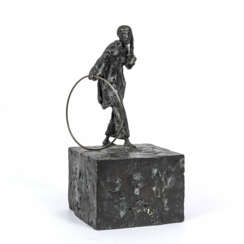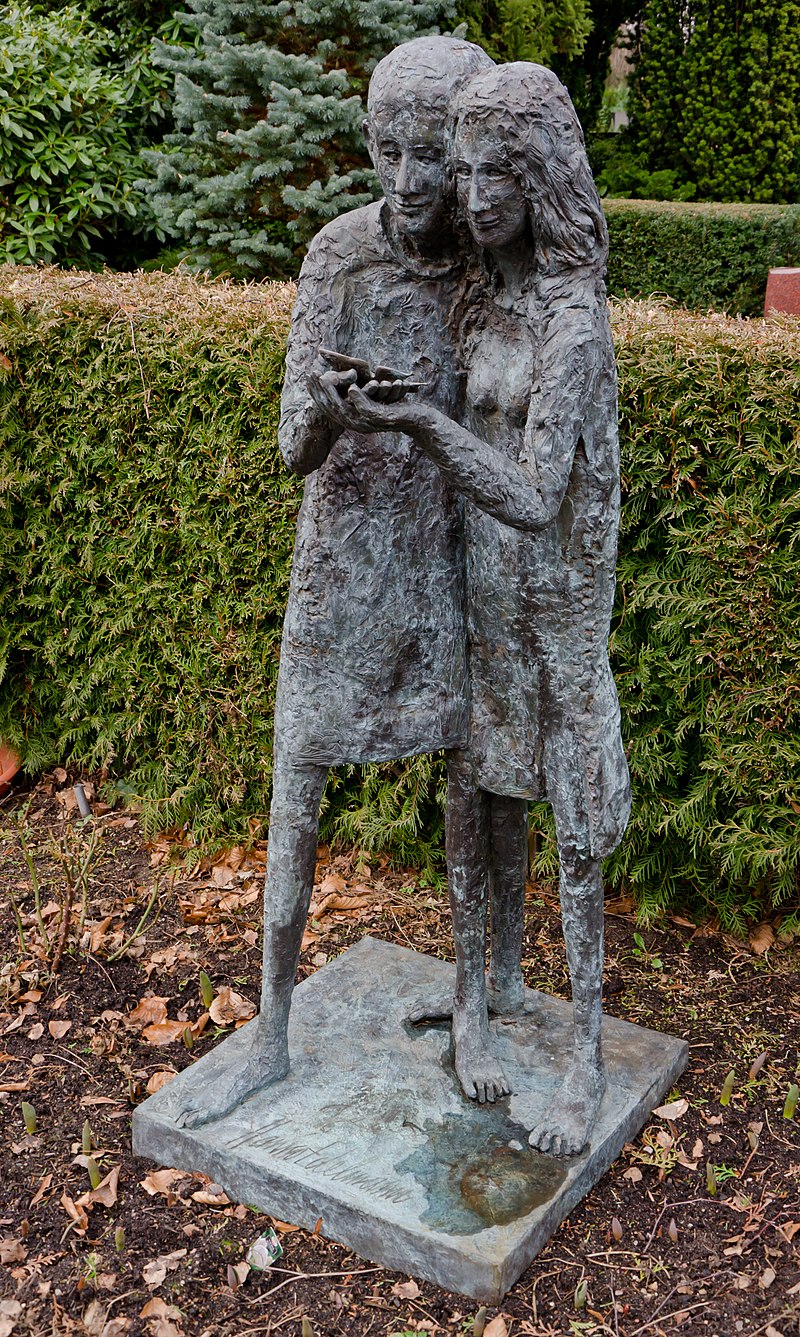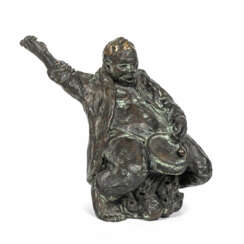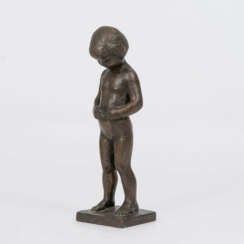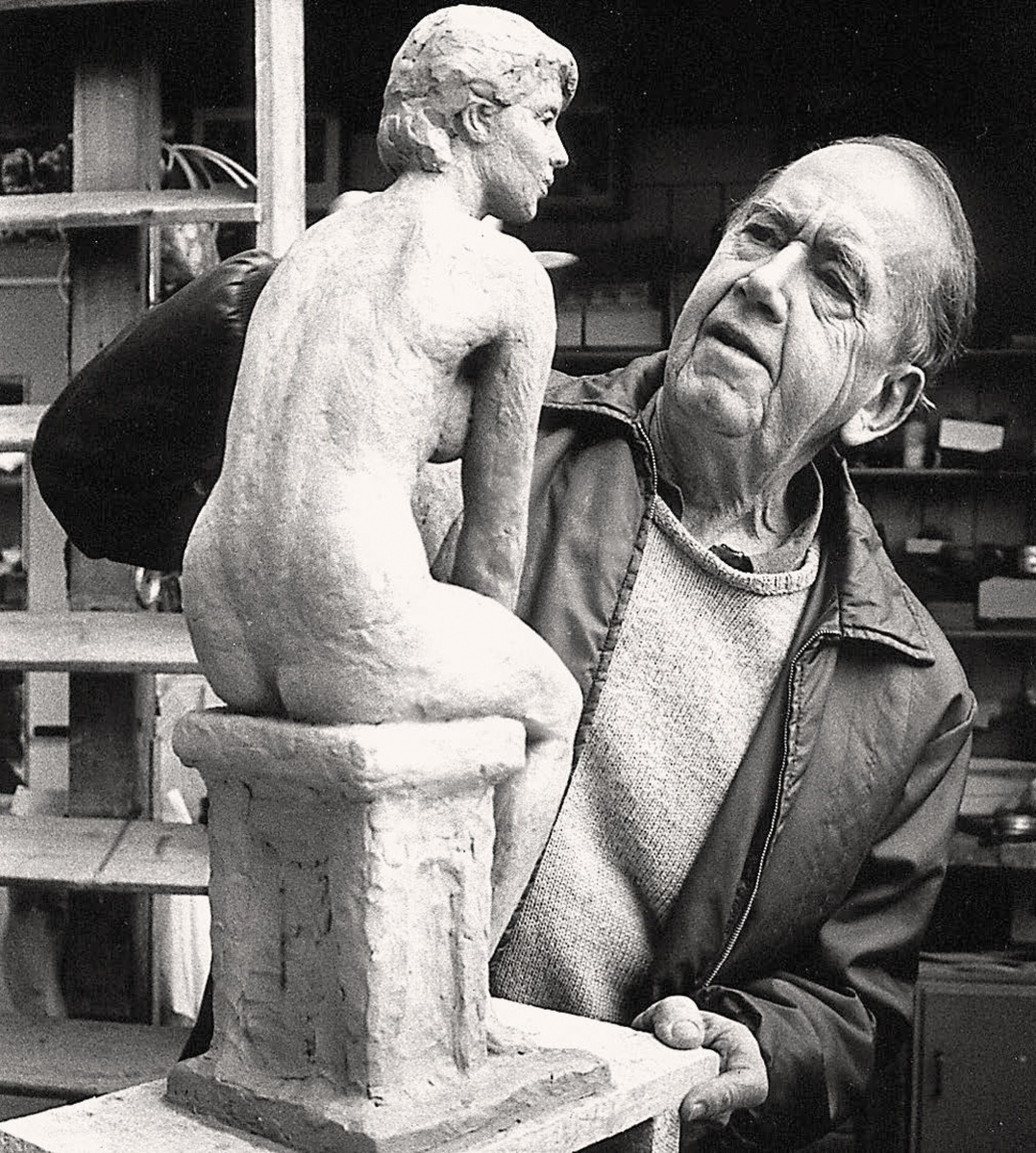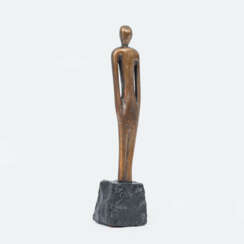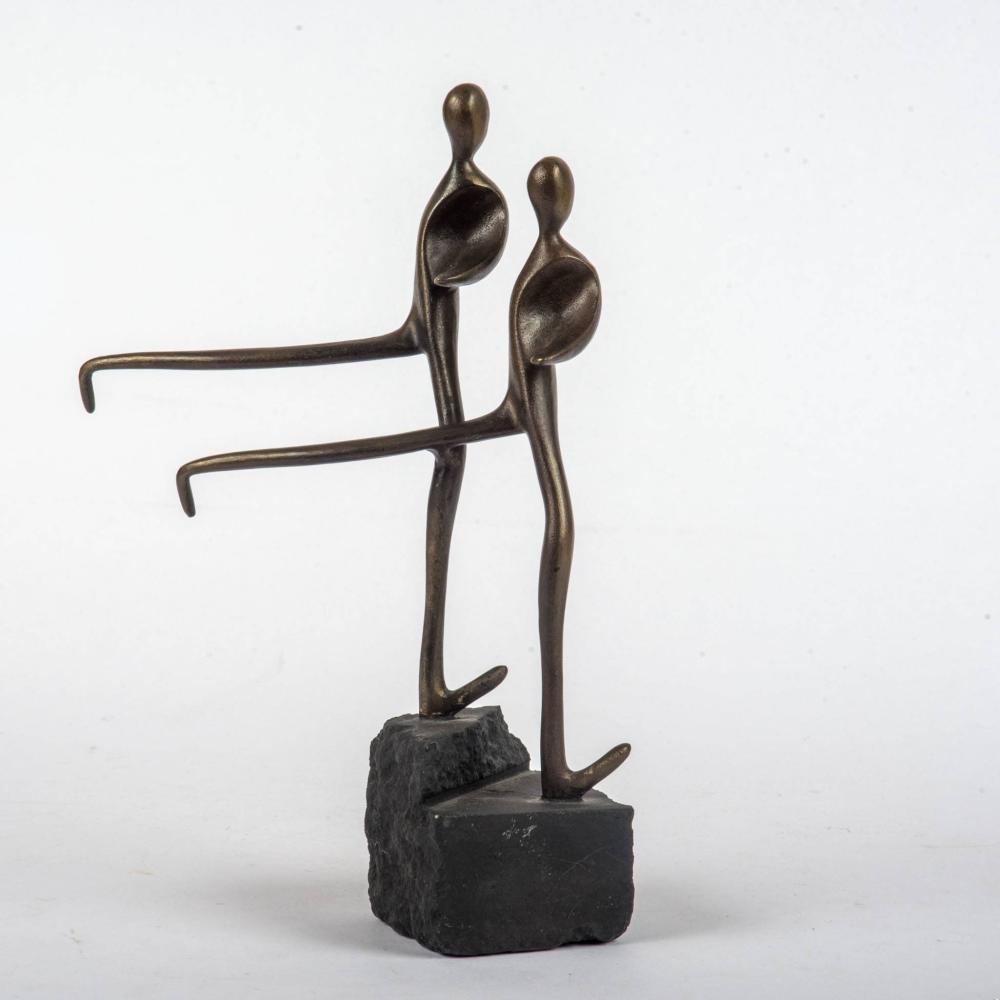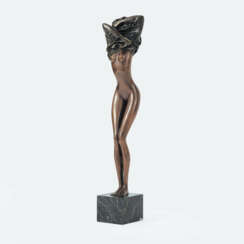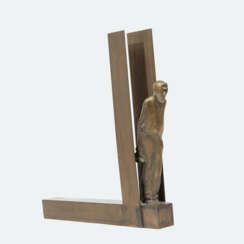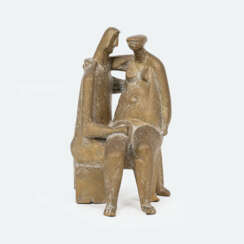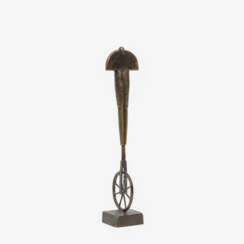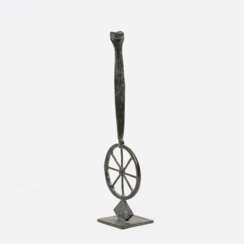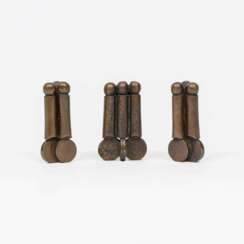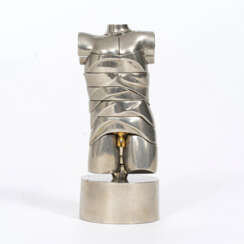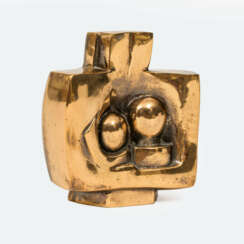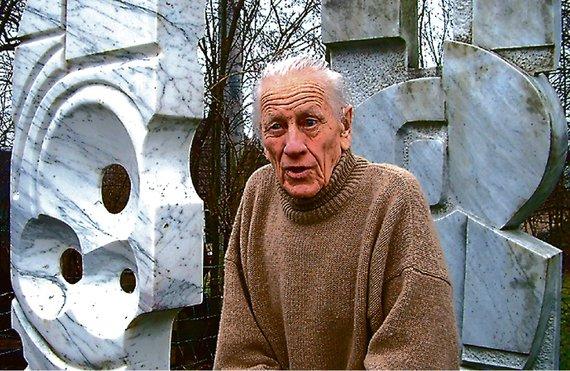
Sculptures and Bronzes — Kunst des 20. und 21. Jahrhunderts
.jpg)
Ernst Heinrich Barlach was a German expressionist sculptor, medallist, printmaker and writer. Although he was a supporter of the war in the years leading to World War I, his participation in the war made him change his position, and he is mostly known for his sculptures protesting against the war. This created many conflicts during the rise of the Nazi Party, when most of his works were confiscated as degenerate art. Stylistically, his literary and artistic work would fall between the categories of twentieth-century Realism and Expressionism.
.jpg)
Ernst Heinrich Barlach was a German expressionist sculptor, medallist, printmaker and writer. Although he was a supporter of the war in the years leading to World War I, his participation in the war made him change his position, and he is mostly known for his sculptures protesting against the war. This created many conflicts during the rise of the Nazi Party, when most of his works were confiscated as degenerate art. Stylistically, his literary and artistic work would fall between the categories of twentieth-century Realism and Expressionism.
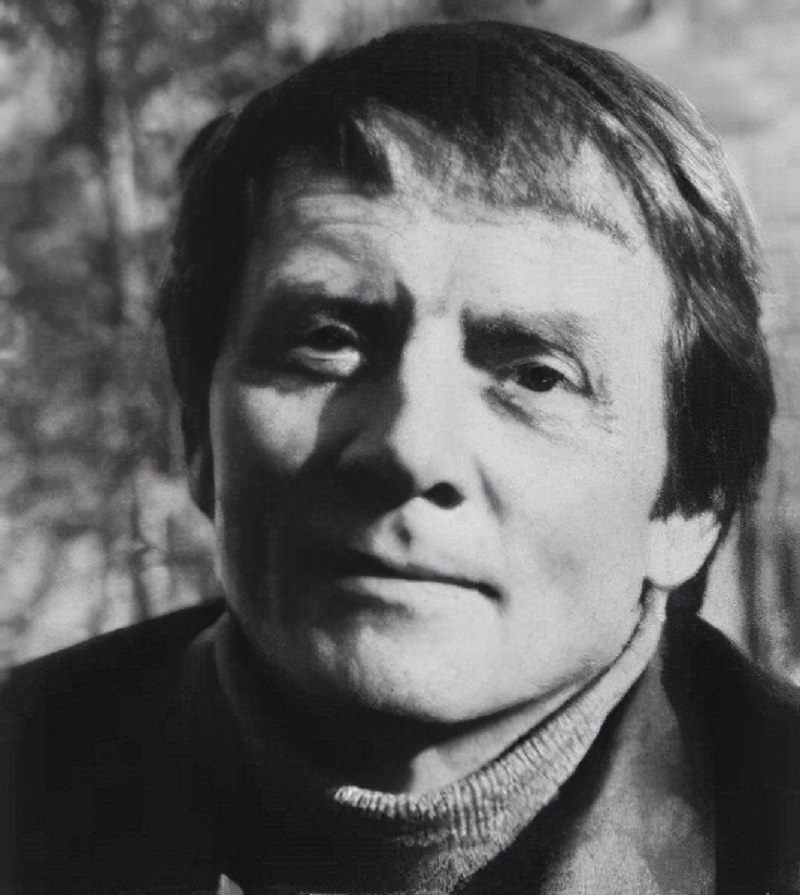
Fritz Fleer is a German painter and sculptor. He studied at the Hamburg University of Fine Arts in the class of Edwin Paul Scharf.
As independent artist, Fritz Fleer has been creating works for urban planning since the 1950s; in Hamburg he was commissioned for 17 sculptures by the municipal housing company SAGA.

Fritz Fleer is a German painter and sculptor. He studied at the Hamburg University of Fine Arts in the class of Edwin Paul Scharf.
As independent artist, Fritz Fleer has been creating works for urban planning since the 1950s; in Hamburg he was commissioned for 17 sculptures by the municipal housing company SAGA.
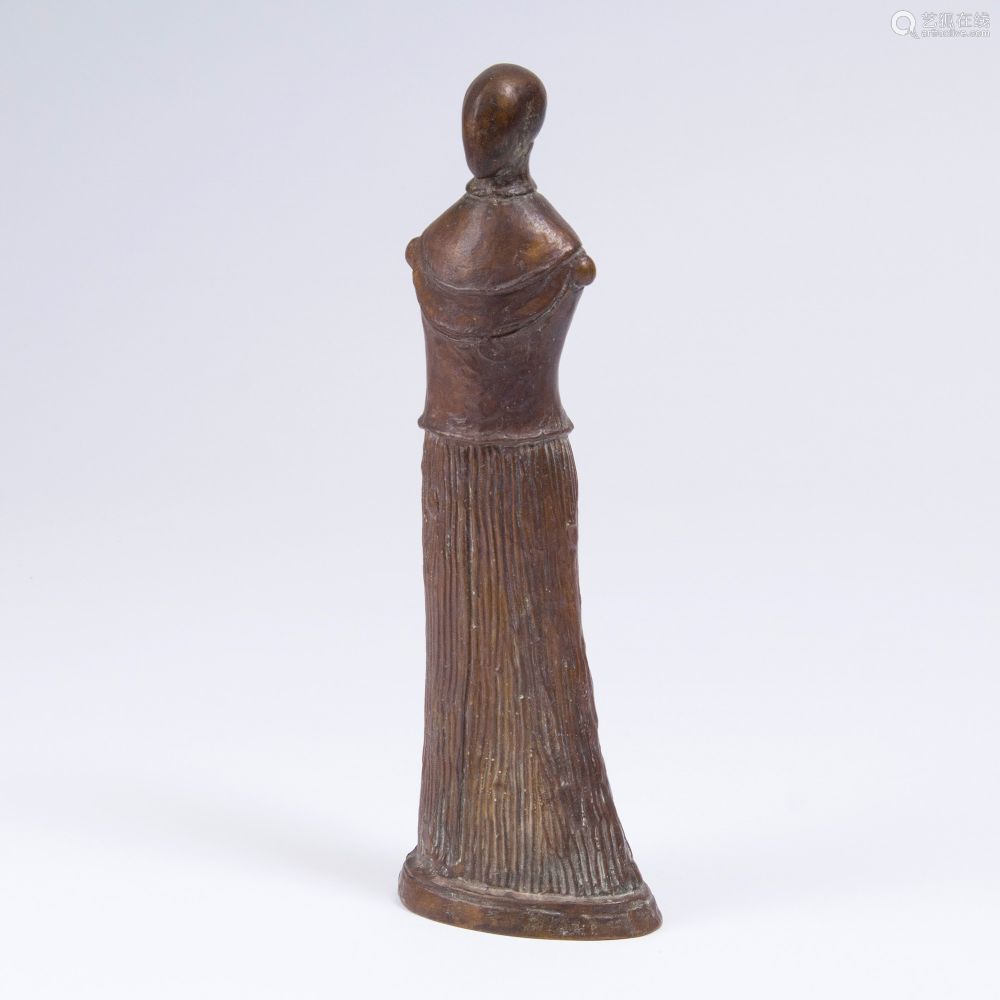
Edgar Augustin was a German painter and sculptor.
Augustin studied sculpture in Münster with Karl Ehlers, then was a pupil of the master Gustav Zeitz in Hamburg. His oeuvre includes partly abstract figurative representations in bronze, wood and plaster as well as paintings, drawings and graphics. Some of Edgar Augustine's sculptures are located in public spaces in Hamburg and other cities.
Edgar Augustin was a member of the Free Academy of Arts in Hamburg and the Special Association of Artists in Germany. In the second half of the 20th century, Augustin was one of the pioneers of figurative wood sculpture and is considered its most important representative.

Edgar Augustin was a German painter and sculptor.
Augustin studied sculpture in Münster with Karl Ehlers, then was a pupil of the master Gustav Zeitz in Hamburg. His oeuvre includes partly abstract figurative representations in bronze, wood and plaster as well as paintings, drawings and graphics. Some of Edgar Augustine's sculptures are located in public spaces in Hamburg and other cities.
Edgar Augustin was a member of the Free Academy of Arts in Hamburg and the Special Association of Artists in Germany. In the second half of the 20th century, Augustin was one of the pioneers of figurative wood sculpture and is considered its most important representative.
.jpg)
Arno Breker was a German architect and sculptor who is best known for his public works in Nazi Germany, where they were endorsed by the authorities as the antithesis of degenerate art. He was made official state sculptor, and exempted from military service. One of his better known statues is Die Partei, representing the spirit of the Nazi Party that flanked one side of the carriage entrance to Albert Speer's new Reich Chancellery.
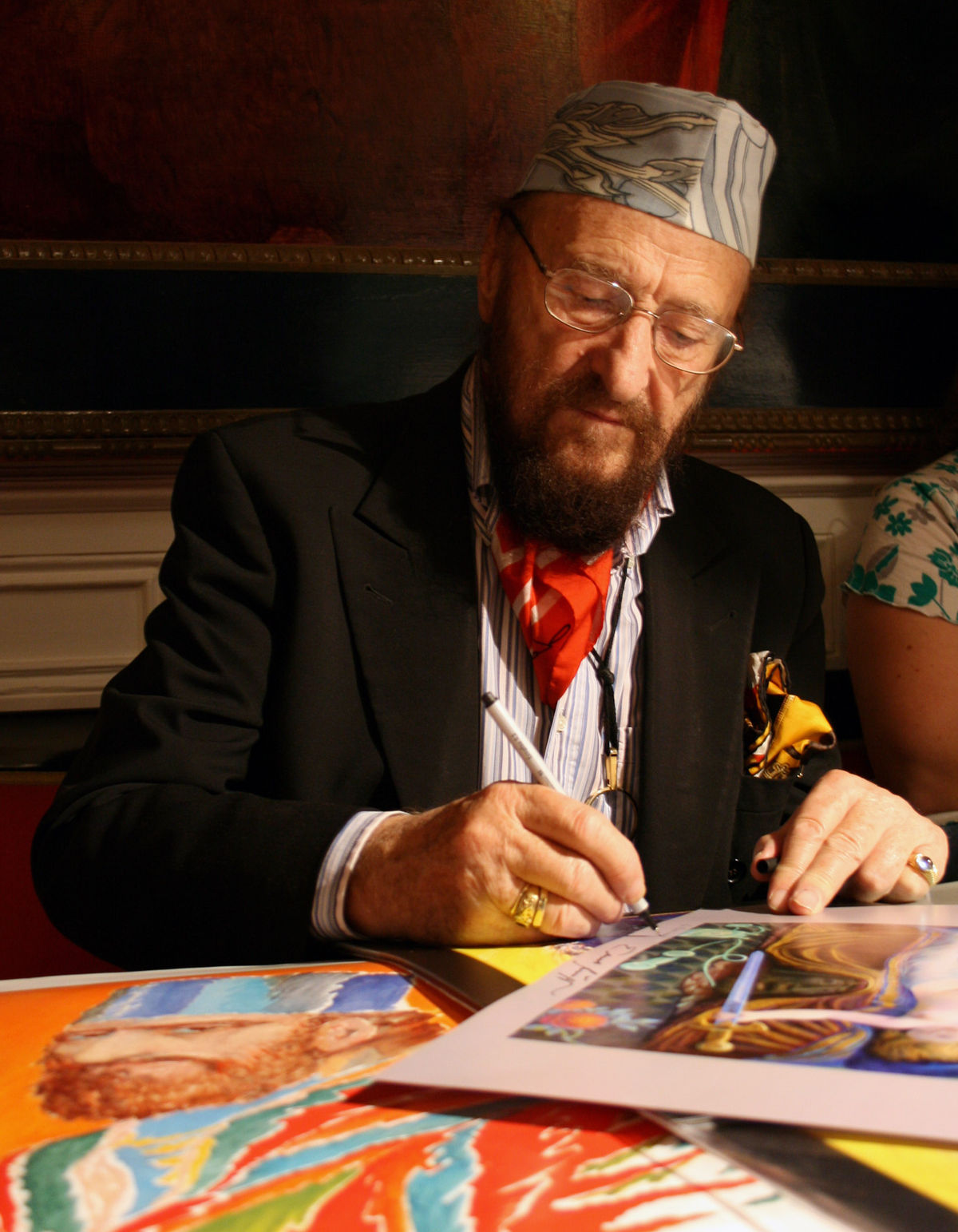
Ernst Fuchs was an Austrian painter, draftsman, printmaker, sculptor, architect, stage designer, composer, poet, and one of the founders of the Vienna School of Fantastic Realism. In 1972, he acquired the derelict Otto Wagner Villa in Hütteldorf, which he restored and transformed. The villa was inaugurated as the Ernst Fuchs Museum in 1988.

Ernst Fuchs was an Austrian painter, draftsman, printmaker, sculptor, architect, stage designer, composer, poet, and one of the founders of the Vienna School of Fantastic Realism. In 1972, he acquired the derelict Otto Wagner Villa in Hütteldorf, which he restored and transformed. The villa was inaugurated as the Ernst Fuchs Museum in 1988.
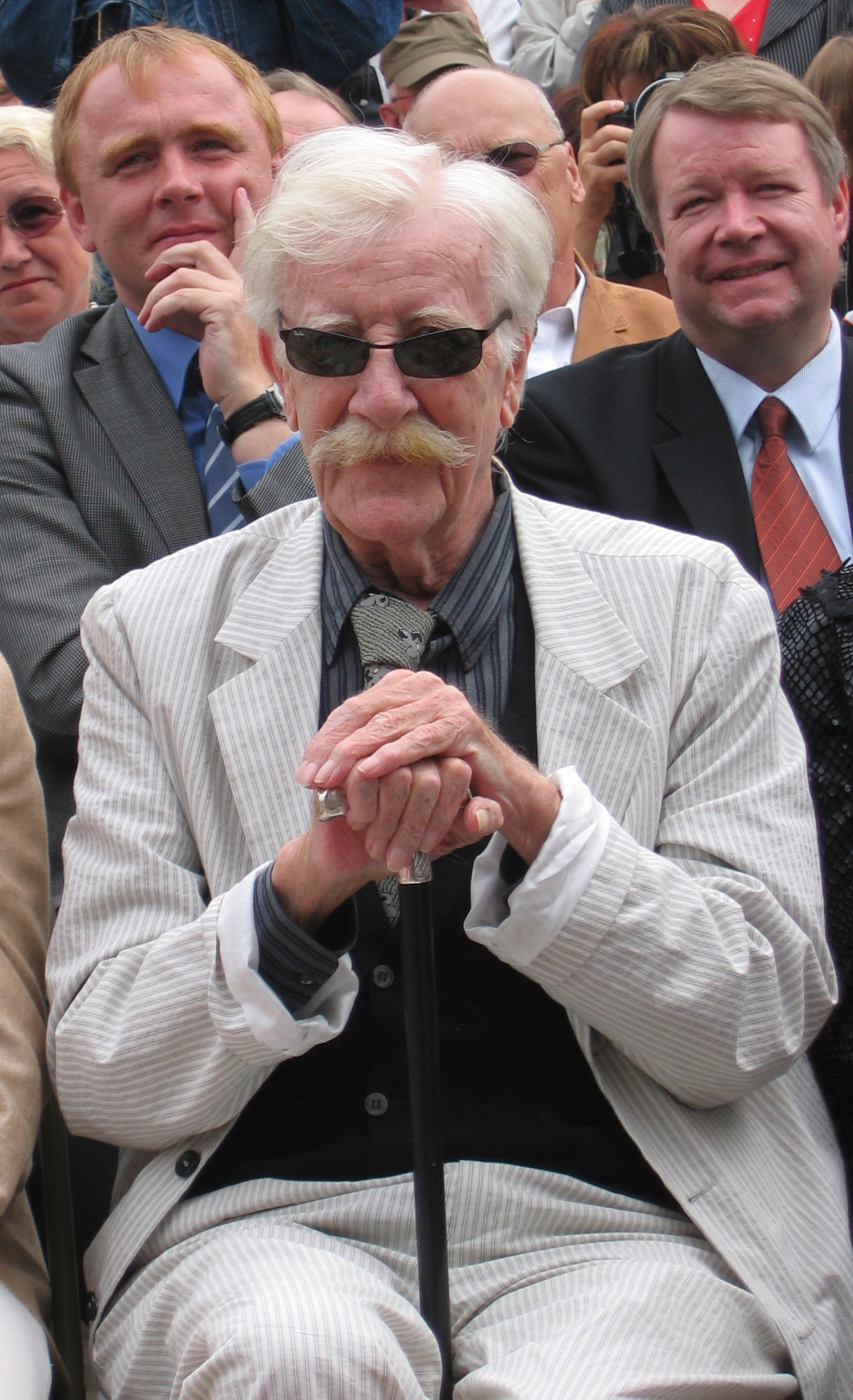
Paul Wunderlich was a German painter, sculptor and graphic artist. He designed Surrealist paintings and erotic sculptures. He often created paintings which referred to mythological legends.

Paul Wunderlich was a German painter, sculptor and graphic artist. He designed Surrealist paintings and erotic sculptures. He often created paintings which referred to mythological legends.
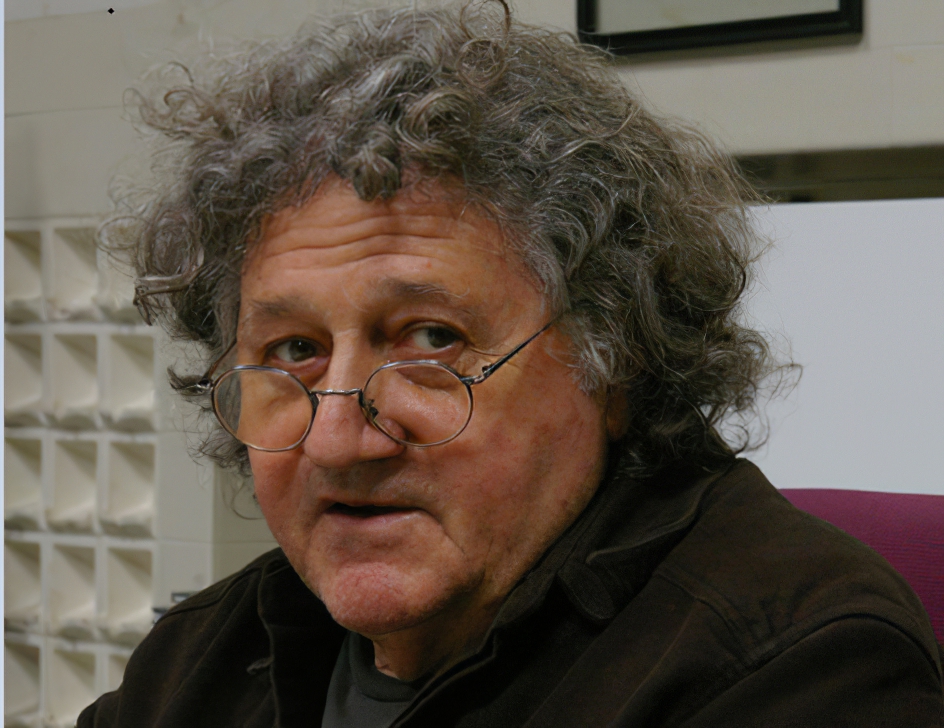
Bruno Bruni senior is an Italian lithographer, graphic artist, painter and sculptor. He became commercially successful in the 1970s. In 1977, he won the International Senefeld award for Lithography. He has since become one of the most successful Italian artists in Germany and one of Germany's best known lithographers.
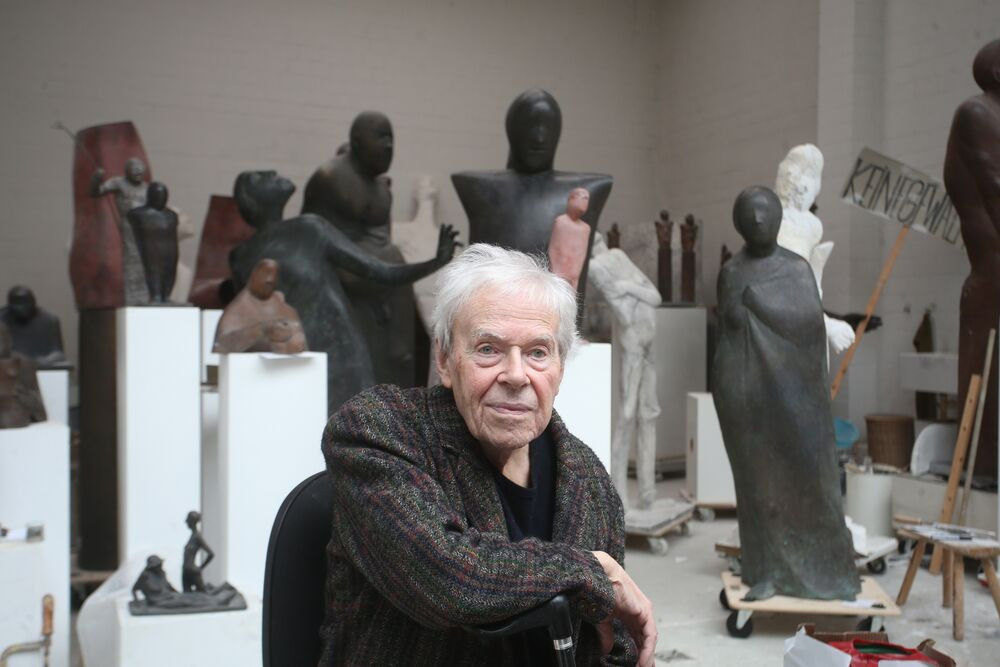
Waldemar Otto is a German sculptor of Polish descent.
Otto studied sculpture at the Academy of Fine Arts in Berlin, won the 1957 Grosse Berliner Kunstausst Prize, lived with his family in the United States, and moved to Bremen in 1973, accepting a professorship at the University of the Arts. He founded the Bremer School of Sculpture there and then moved to Worpswede.
Waldemar Otto practiced figurative sculpture in the form of torsos, creating his figurative human images in wood, granite, bronze and cast stone. Many of his works can be seen in public spaces in various German cities.
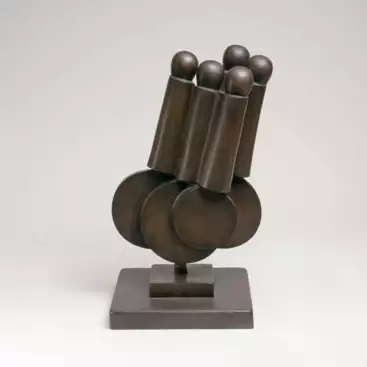
Georg Engst was a German sculptor.
Engst preferred to work in wood, stone and bronze, but also in aluminium, concrete and glass. Much of his artistic work from the mid-1950s onwards is abstract-geometric in character, initially in the form of inlaid panels and inlaid walls made of wood, for example for a commission for the conference room of the Regional Church Office in Hanover in 1957.

Georg Engst was a German sculptor.
Engst preferred to work in wood, stone and bronze, but also in aluminium, concrete and glass. Much of his artistic work from the mid-1950s onwards is abstract-geometric in character, initially in the form of inlaid panels and inlaid walls made of wood, for example for a commission for the conference room of the Regional Church Office in Hanover in 1957.

Georg Engst was a German sculptor.
Engst preferred to work in wood, stone and bronze, but also in aluminium, concrete and glass. Much of his artistic work from the mid-1950s onwards is abstract-geometric in character, initially in the form of inlaid panels and inlaid walls made of wood, for example for a commission for the conference room of the Regional Church Office in Hanover in 1957.

Georg Engst was a German sculptor.
Engst preferred to work in wood, stone and bronze, but also in aluminium, concrete and glass. Much of his artistic work from the mid-1950s onwards is abstract-geometric in character, initially in the form of inlaid panels and inlaid walls made of wood, for example for a commission for the conference room of the Regional Church Office in Hanover in 1957.
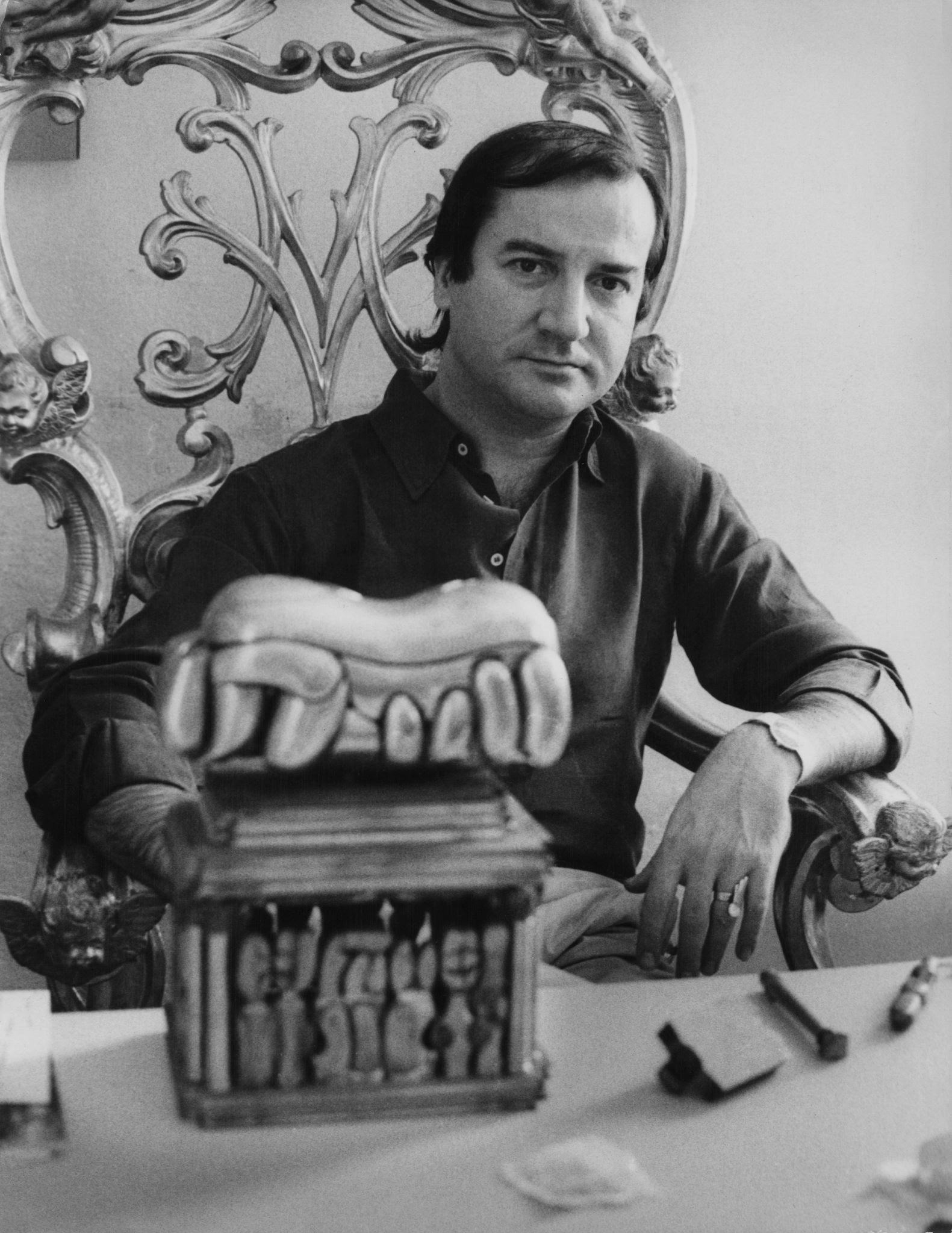
Miguel Ortiz Berrocal was a Spanish figurative and abstract sculptor. He is best known for his puzzle sculptures, which can be disassembled into many abstract pieces. These works are also known for the miniature artworks and jewelry incorporated into or concealed within them, and the fact that some of the sculptures can be reassembled or reconfigured into different arrangements. Berrocal's sculptures span a wide range of physical sizes from monumental outdoor public works, to intricate puzzle sculptures small enough to be worn as pendants, bracelets, or other body ornamentation.
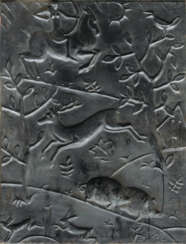

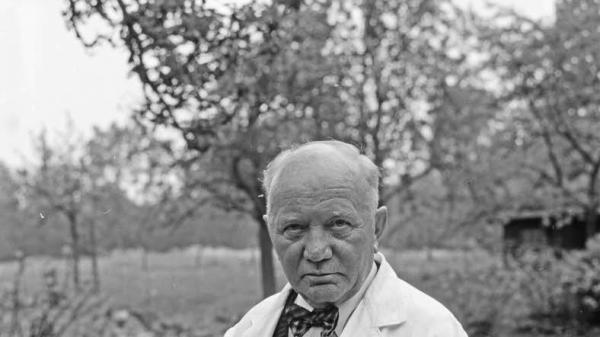
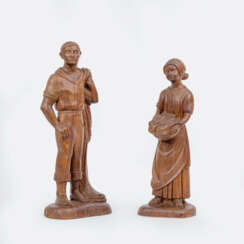

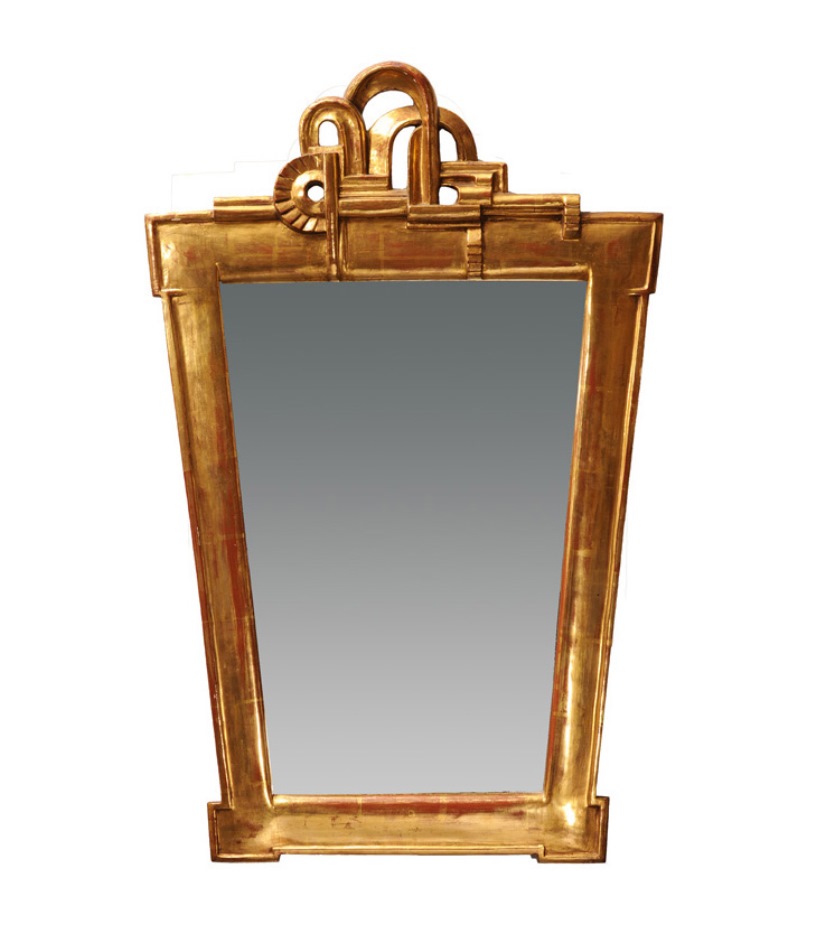
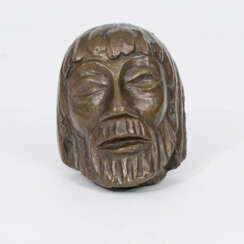

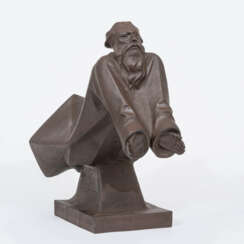

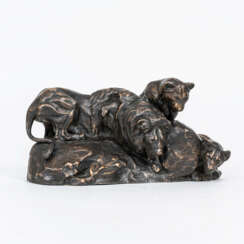

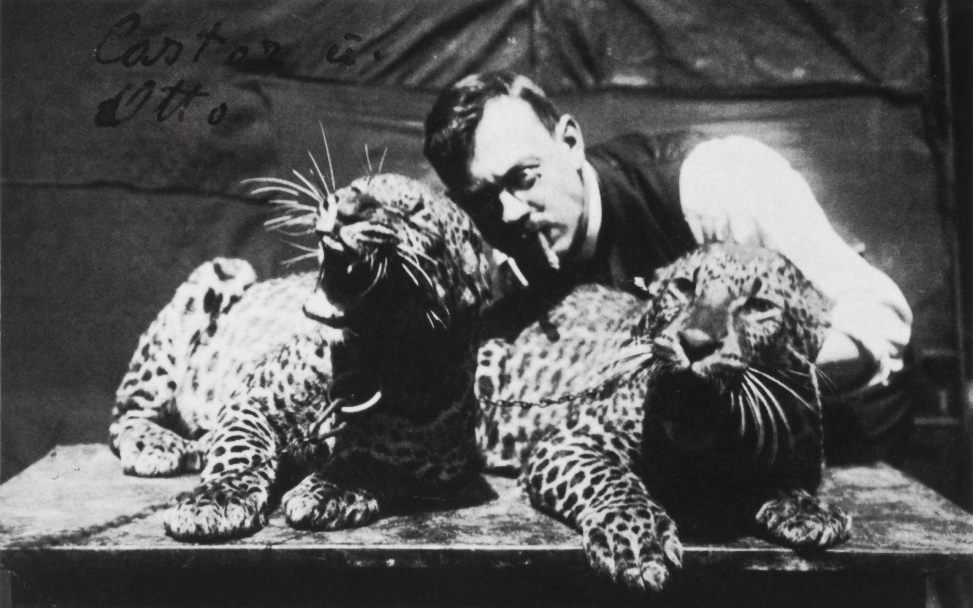
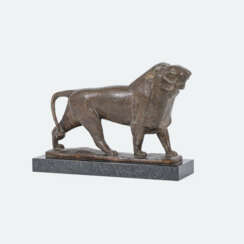

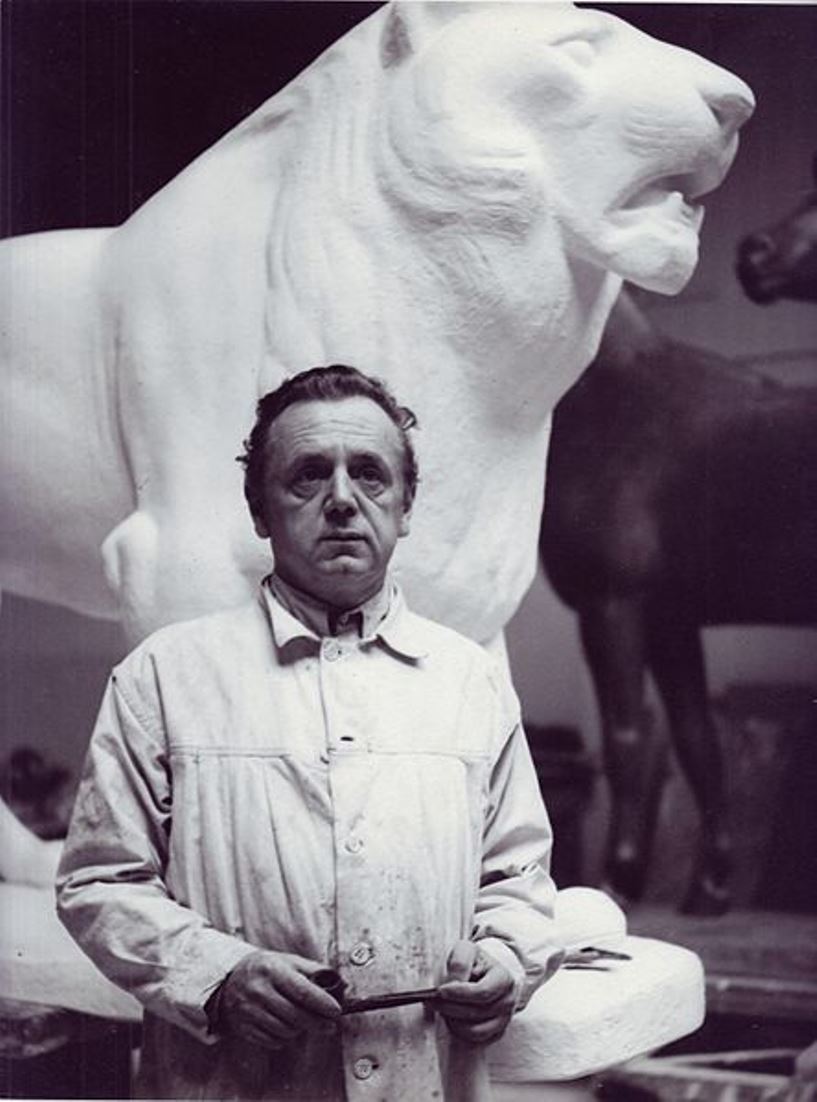
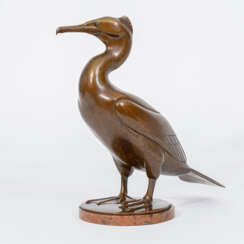

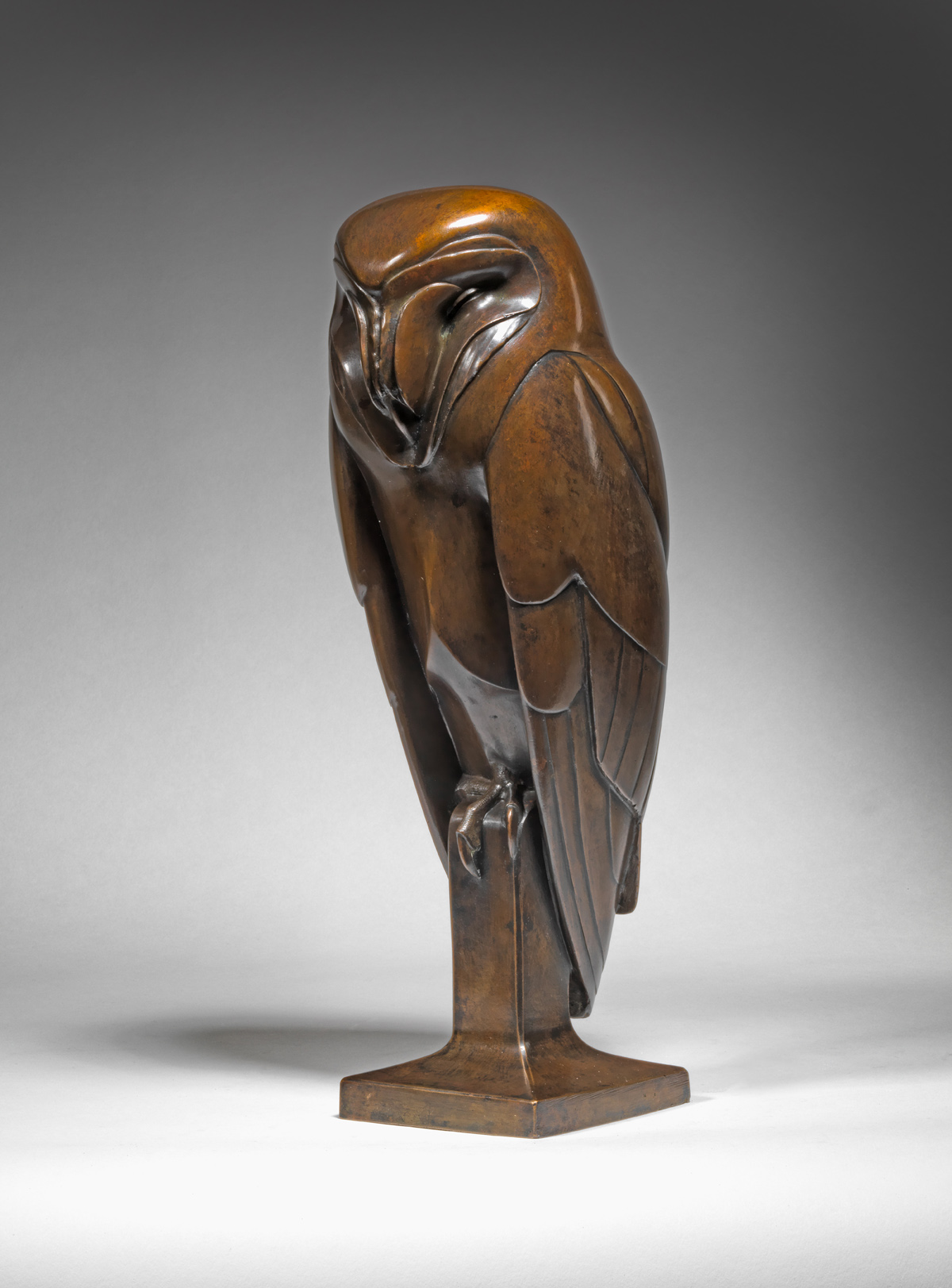
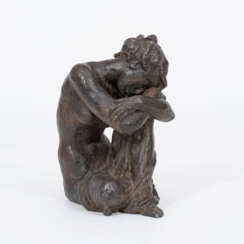

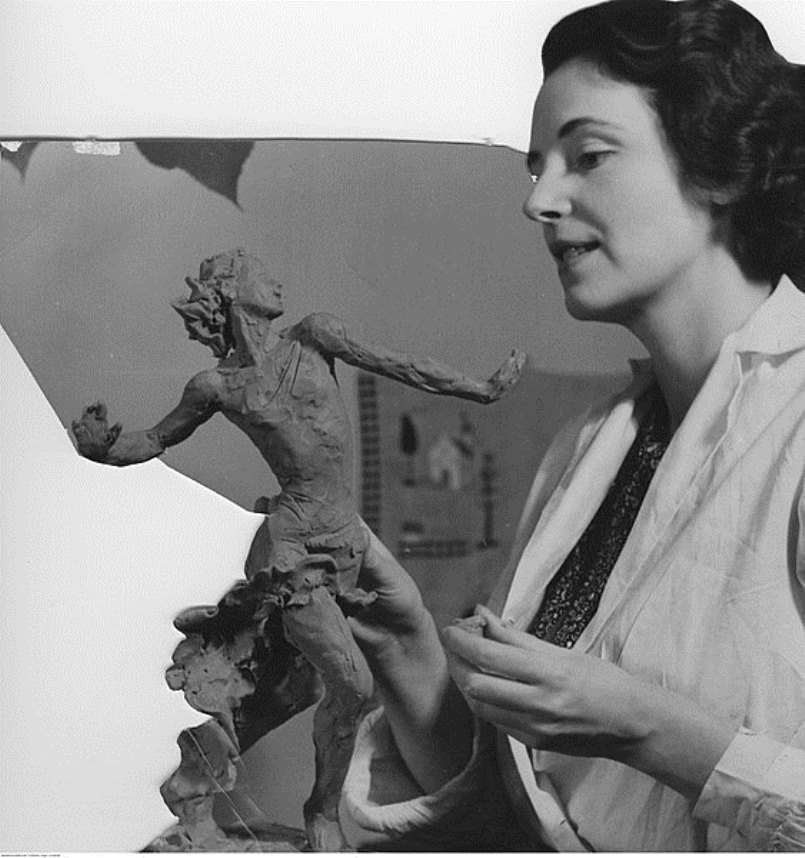
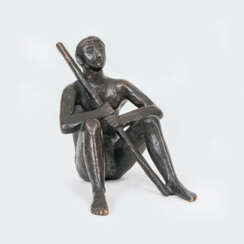

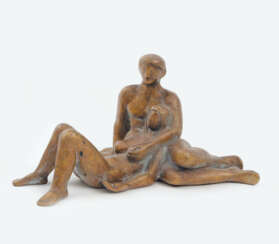

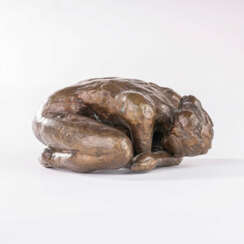

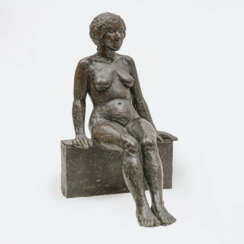

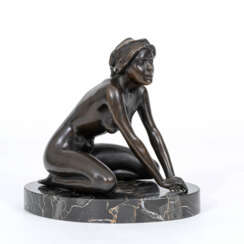

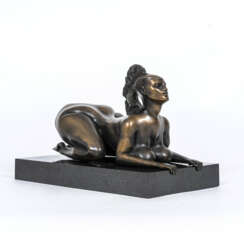

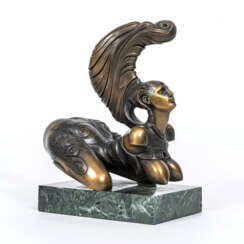

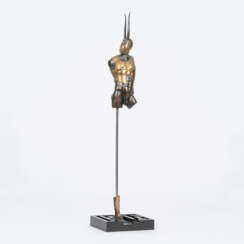

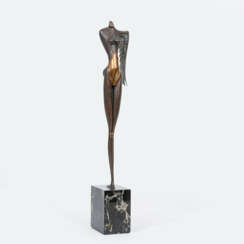

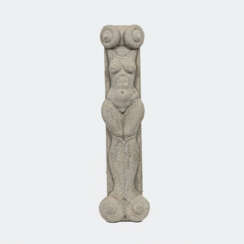

.jpg)
